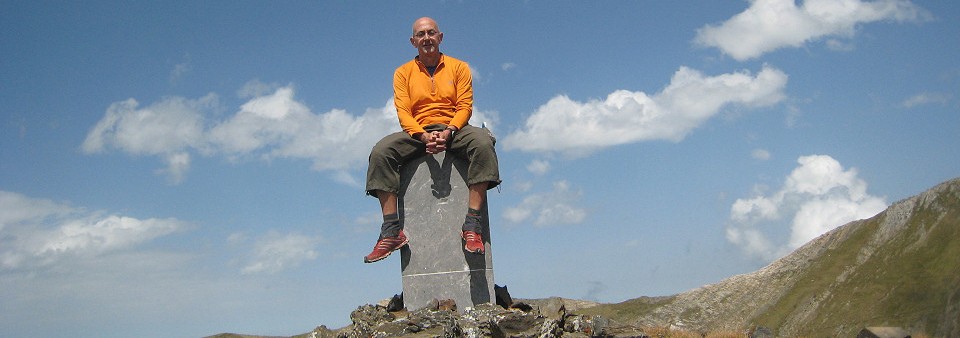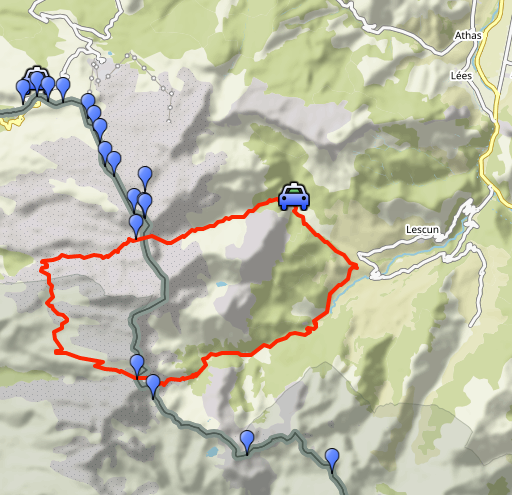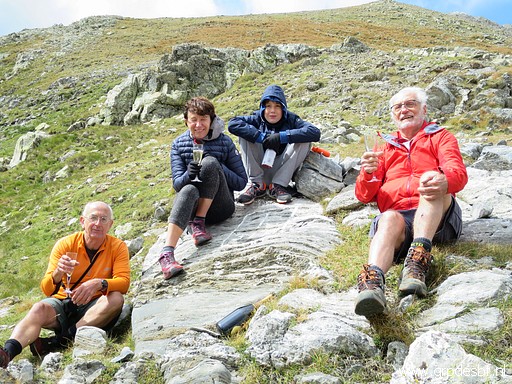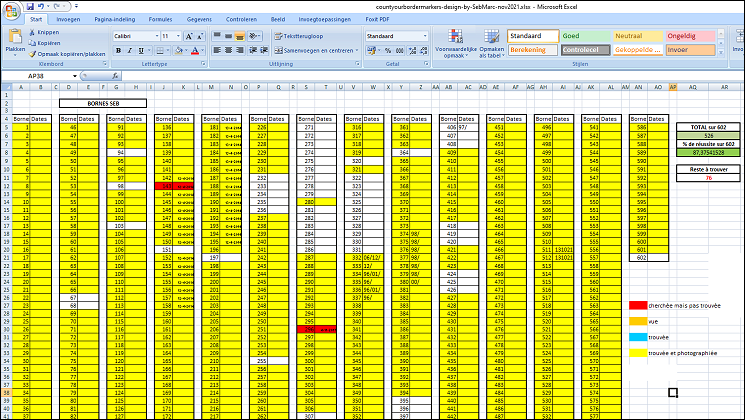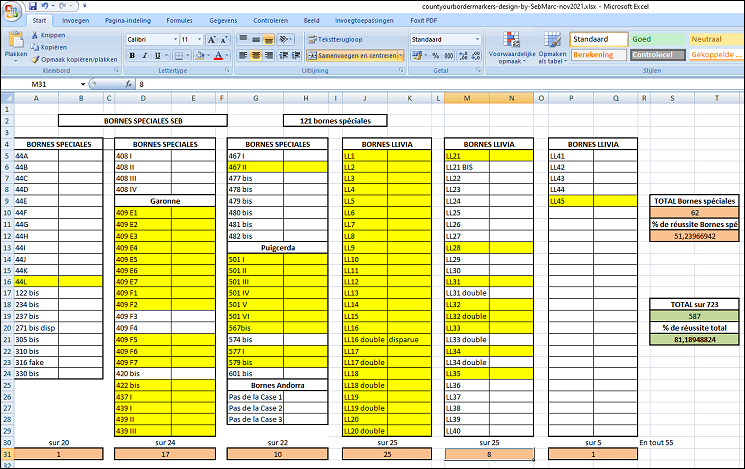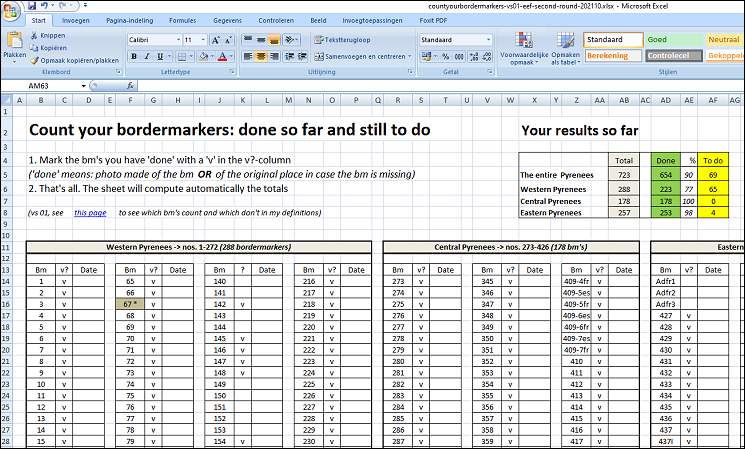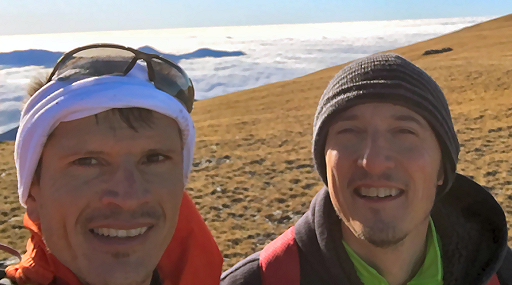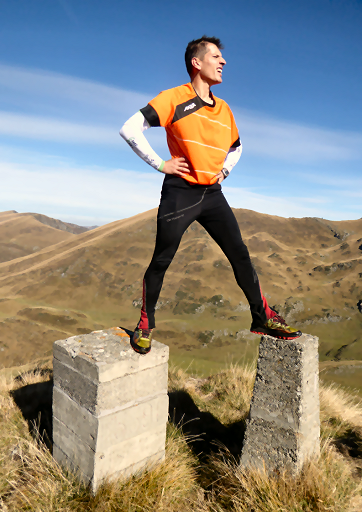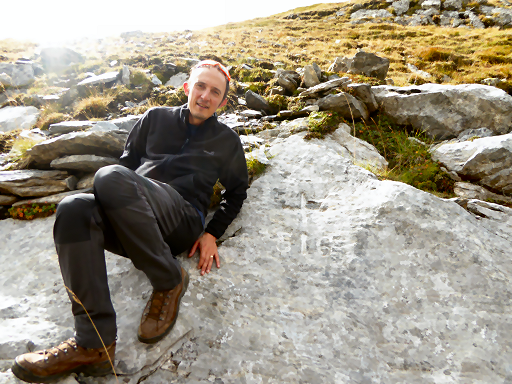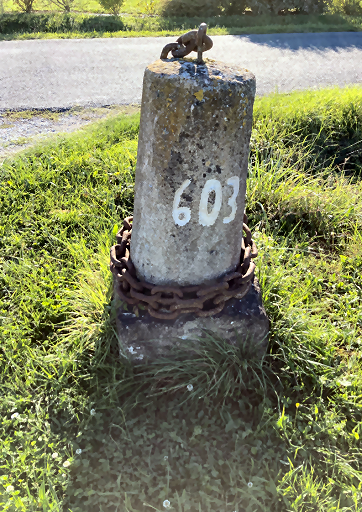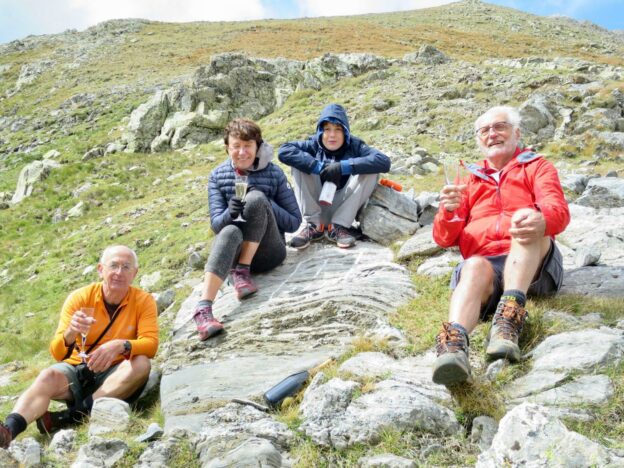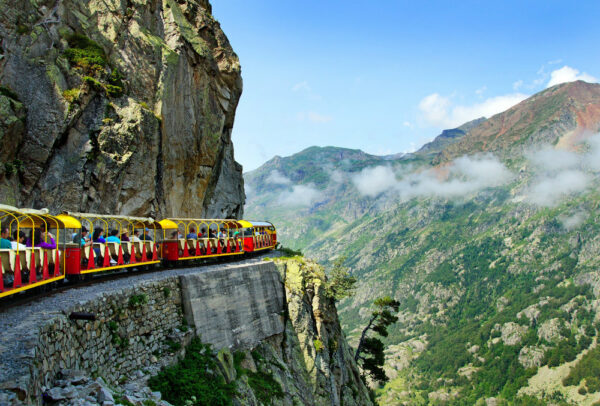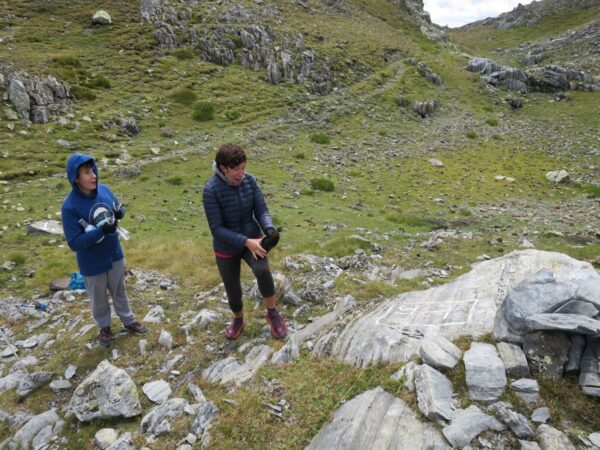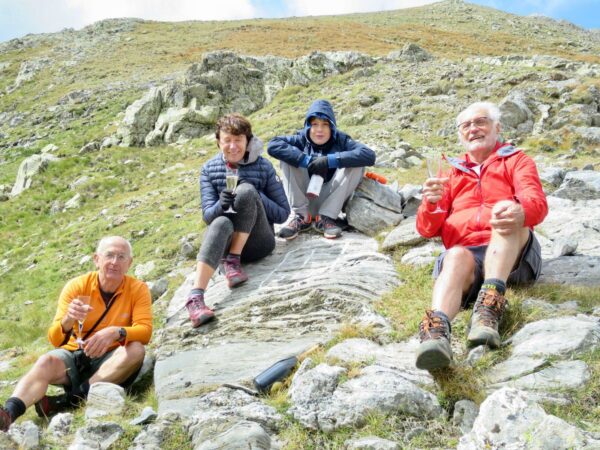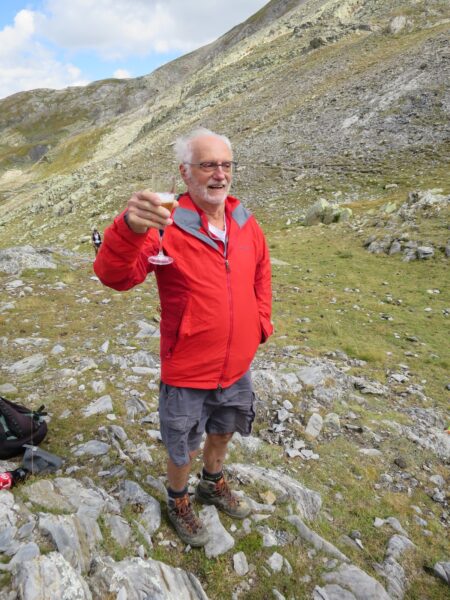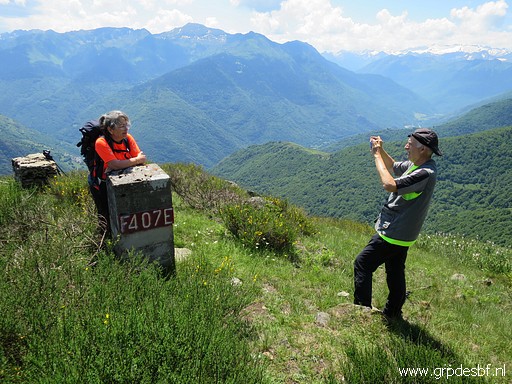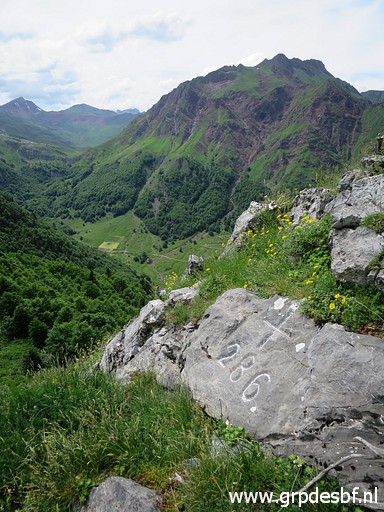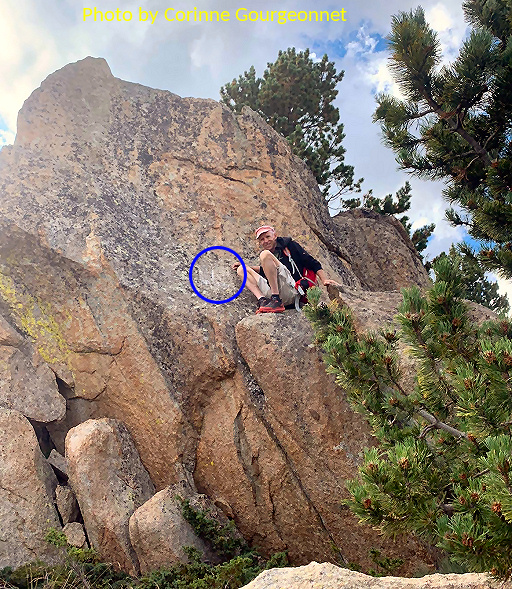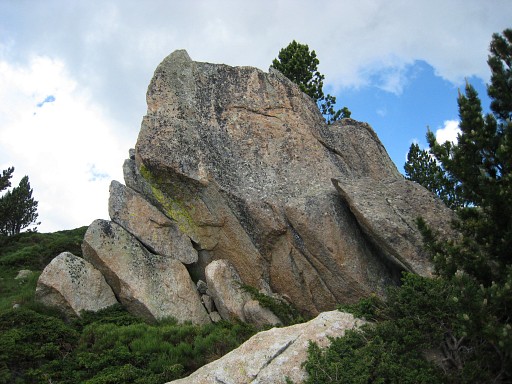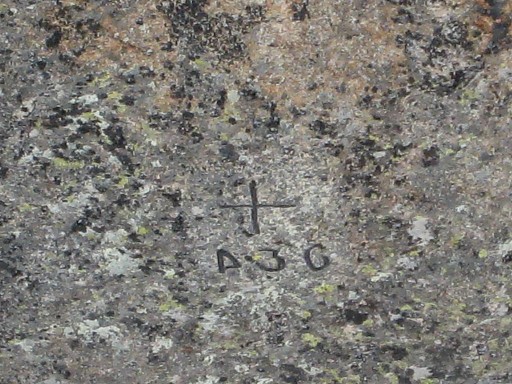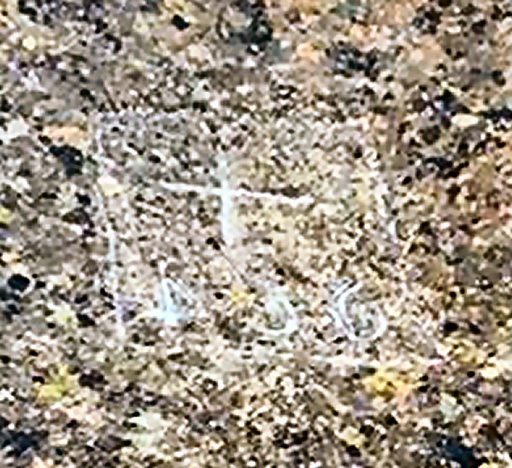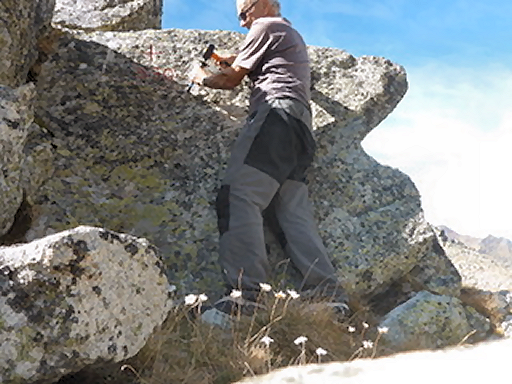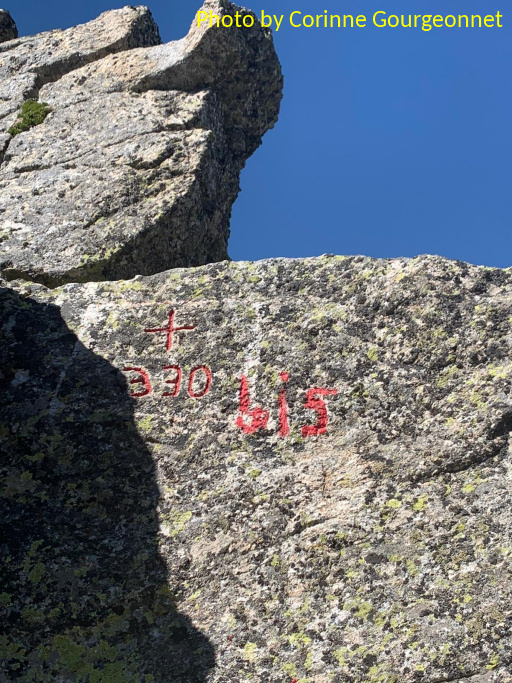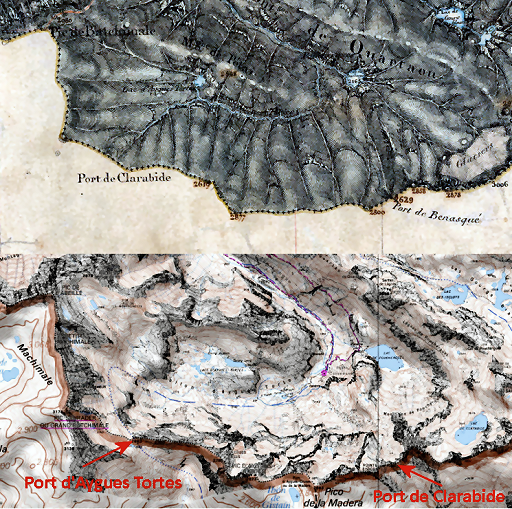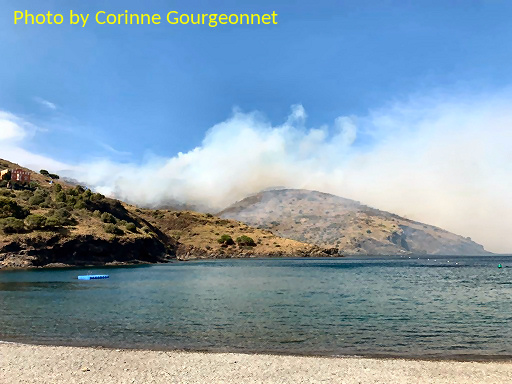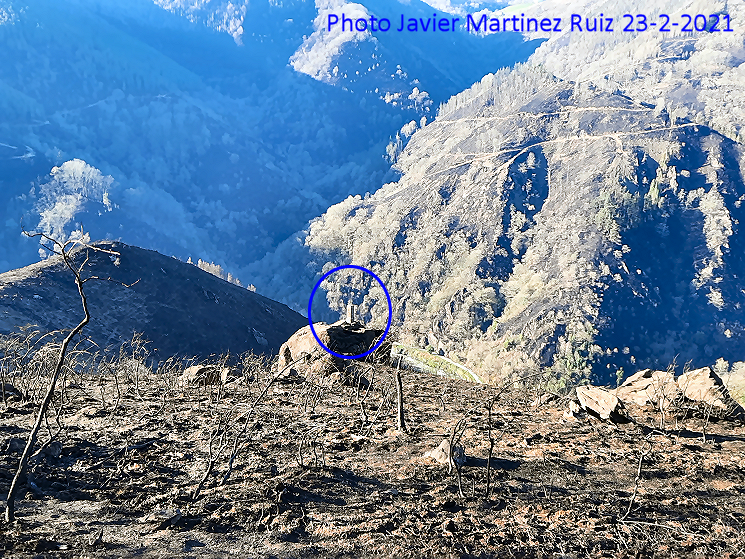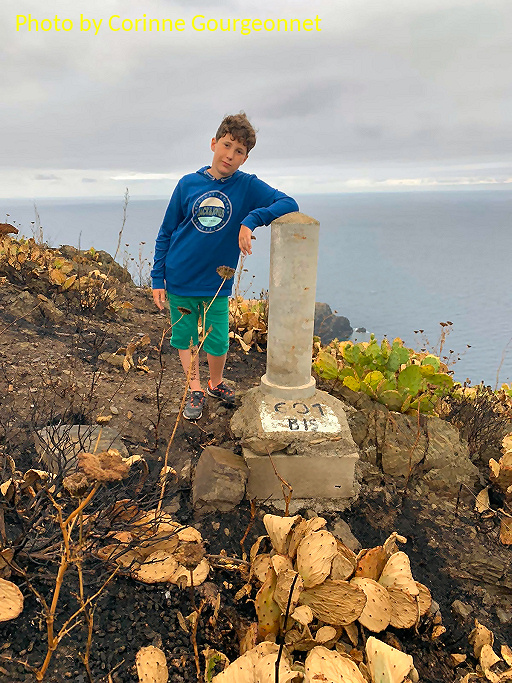The esfr-bordermarkers in the Basque country are not safe. Recently the markers 76 and 100 have disappeared and no. 101 has been broken off:
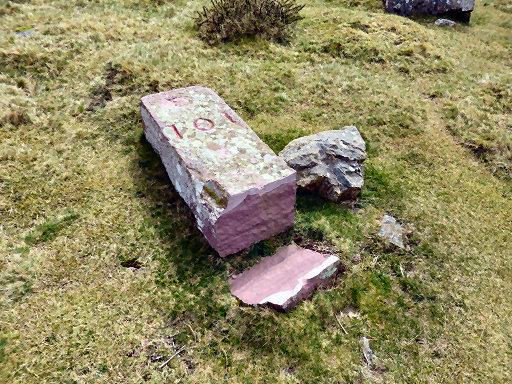
For Basque nationalists, the esfr-border should be non-existent, cutting in half a region that should be an independent whole. There is an iconic picture of the ‘execution’ of bm098 in which a group of masked nationalists is watching the executioner.
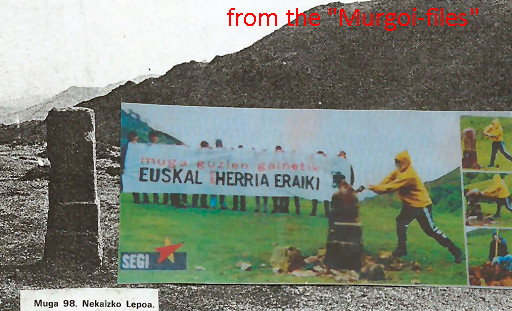
Is this the reason that its bordermarkers are relatively more damaged or have more often disappeared than in other regions? We don’t know. Let’s not forget the temptation of ‘le désir de détruire’ which is of all times.
Anyway: on my latest trip to the Basque country in April 2022, I discovered that bm100 has disappeared:
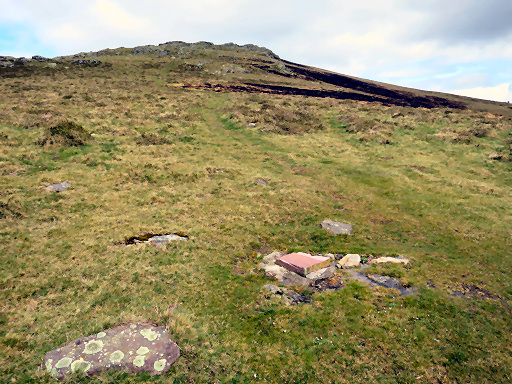
And its neighbor no. 101 has been broken off:

Carlos Roca (website) inspected the crime scene with a forensic eye. He identified the whitish edge of the fracture area as being the result of a portable grinding saw. Having thus grinded a wedge, it’s easy to break the bm off:
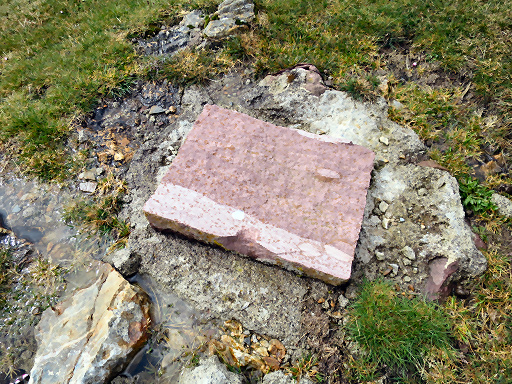
The disappearance of bm076 was reported in july 2021 by Michel Molia (see this post):
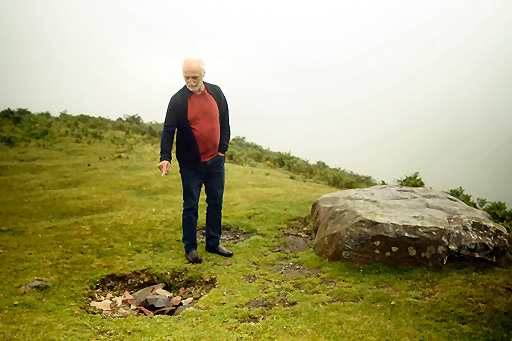
Together we visited the spot and searched in vain the valley underneath the ridge, the so-called ‘Gorospil-cemetery‘
Altogether, we have now 8 cases of the 288 Basque-bordermarkers (nos. 1-272, including submarkers) which have disappeared or have been severely damaged:
– 067: shattered in pieces
– 076: disappeared
– 098: shattered in pieces
– 100: disappeared
– 101: broken off
– 236: disappeared
– 255: disappeared in 2007
– 271bis: disappeared
